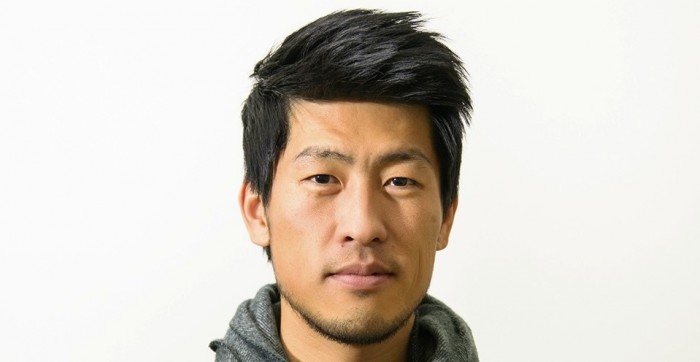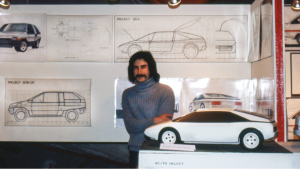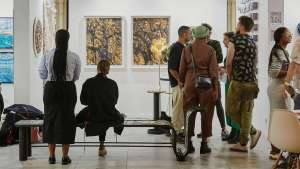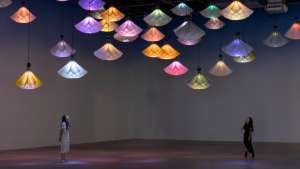
As lead designer at Oslo-based company Design without Borders, Svein Gunnar Kjøde is responsible for the execution of design solutions on social impact projects in Africa. With an Industrial Design Masters and experience in design consultancy and development, Svein believes that intelligent design thinking can considerably contribute to our collective responsibility to tackle poverty, inequality and environmental issues.
We asked him to shed some light on what his job entails and how it differs from working in the commercial design industry.
How does your design process for a Design without Borders project differ from a commercial/brand project?
The process might differ slightly depending on the challenge. We work with different kinds of partners, ranging from development organisations and NGOs, to small-scale manufacturers and suppliers to humanitarian operations, solving challenges of varying complexity and scale. However, in all of our work we focus on transferring knowledge to the collaborating partner and building their capacity for design.
Our beneficiaries and stakeholders are all very much part of the solution, perhaps more than what you would normally find in a commercial project. Thus the methods of human-centred design and co-development are something we consider being at the heart of our practice. In addition, we bear an extra responsibility in considering multiple aspects of a sustainability in our solutions – culturally, socially, economically and environmentally!
What is the most rewarding Design without Borders project you've ever worked on and why?
In my short time with the organisation, there is one project especially that I think proves the success of a design approach to the projects we work on. The AKI Financial literacy project was initiated as a collaborative effort with the United Nations World Food Programme in Uganda, to help improve their “Cash for Work” programme. Our solution in the end was an innovative educational tool-kit that included a board game, planning tool and savings box. The educational tool-kit has been selected as a finalist for the 2015 INDEX awards, which is a testament to the potential social impact of this solution.
Has your experience in design-consultancy had any impact on the way you work with the communities you are helping?
I try to approach the challenges we face in Design without Borders with the same trust in human-centred design principles and processes as projects from my time as a consultant working with private sector clients. I do think that my experience in balancing “customer's” needs and maximising the effect of project resources, has added some new perspectives to our work in terms of developing our practice.
How important is it to get to know and understand the communities you are helping when conceptualising a solution/design?
We at Design without Borders believe that knowledge and understanding of the context and people is absolutely key to developing sustainable solutions. In fact, we think the best solutions can only be co-developed with all the people involved – from beneficiaries to stakeholders at all different levels. I cannot imagine any better way to anchor a project and secure implementation and ownership of the solution.
If you had to encourage young industrial or product designers to get into sustainable or social design, what advice would you give them?
Remember to bring your very best (but too often forgotten) tools from your design practice: context sensitivity, active listening and empathy! These key skills will definitely move your work in a positive direction that should be attractive for anyone in need of designers in solving their social challenges.






